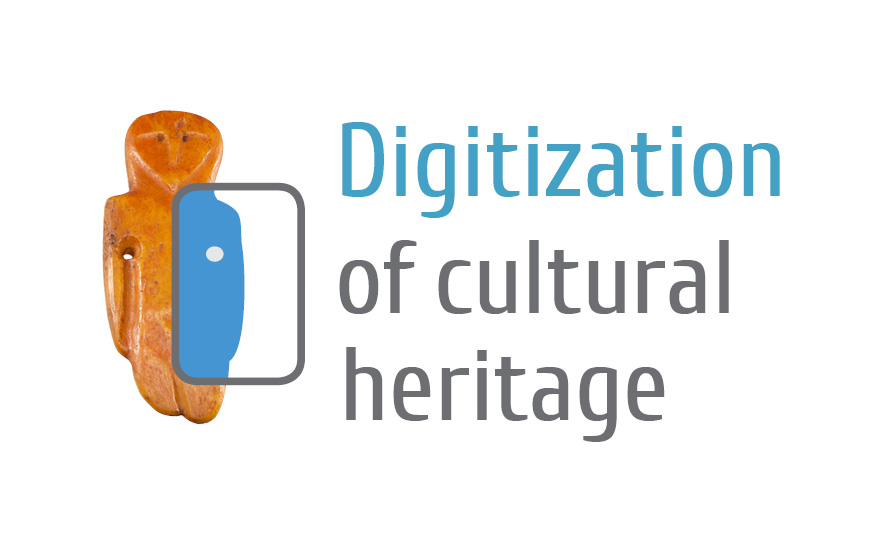Administration of the State Cultural Reserve of Kernavė / Kernavė Archaeological Site Museum
| Exhibits of the museum Other valuables of the museum All valuables of the museum |
|
Information about the museum
Kernavė Archaeological Site Museum is the only specialized archaeological museum in Lithuania. It was established in 1930 thanks to the exertions of the School Head of that time Juozas Šiaučiūnas. In 1989, several years after great archaeological discoveries, Kernavė Museum-Reserve was established, and in 2002 the Kernavė Museum-Reserve was set with the status of State Cultural Reserve of Kernavė. In 2004 the Kernavė Archaeological Site was included into UNESCO World Heritage List. The principal aim of the cultural reserve has been to preserve the complex of territorial cultural heritage objects in Kernavė, the immovable and movable cultural valuables existing within its territory and organize their scientific research. In 2012 the door of reconstructed modern Kernavė Museum was opened, and new exposition reveals to visitors the most impressive archaeological artefacts found in Kernavė.
Kernavė is a unique site. Thanks to the archaeological research it is known that the first inhabitants settled within this territory already by the 10th-9th millennia B.C. The remaining cultural layers of settlements and burial monuments from various periods are attributed to all the epochs from late Palaeolithic to early Middle Ages.
Kernavė particularly contributes to the understanding of pre-history in the whole Baltic region. In the 13th -14th centuries the town was flourishing and was one of the most important economical and political centers of the shaping Lithuanian state, often named as the location of the old capital of Lithuania. The heritage of the medieval Kernavė is important as an example of the last Europe’s pagan state urban culture as well. Here the existence of the pagan civilization is very clearly seen; still it had already been influenced by the traditions of Christian Europe.
On displays visitors can see the reconstructions of landscape, surroundings and settlement from the three major periods: a temporary camp of the nomads-hunters, a small village of settled farmers, a town of craftsmen with the duke’s castle. At the bottom under the glass everyone can see what characteristic settlement remnants of various periods have survived till our days and to what material the archaeologists refer when modeling reconstructions.
In 1390, during a raid to Vilnius, Kernavė was attacked and completely annihilated. The residents of Kernavė burned the castles upon retreating. The old town was not restored any more after these events. Eventually the silts of the Neris River covered the town remains and the old capital of Lithuania sank into oblivion. Nearly 600 years had to pass, until the archaeologists found the old Kernavė. Since then every year brings more new discoveries and insights into the history of this site.




